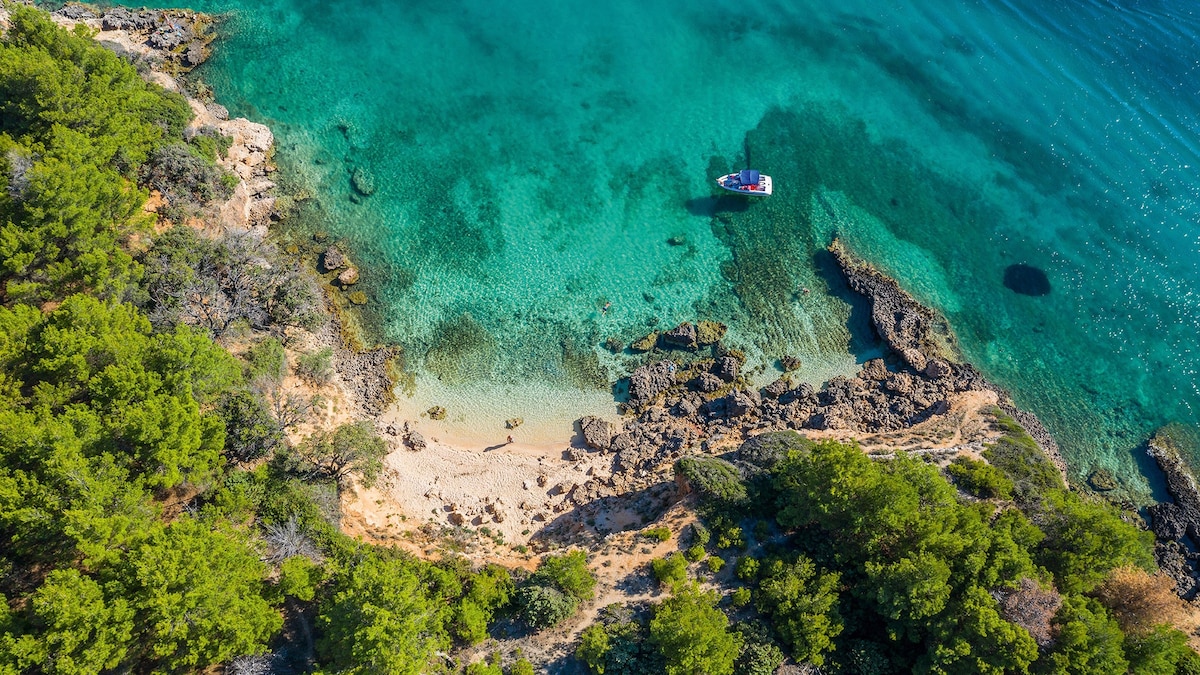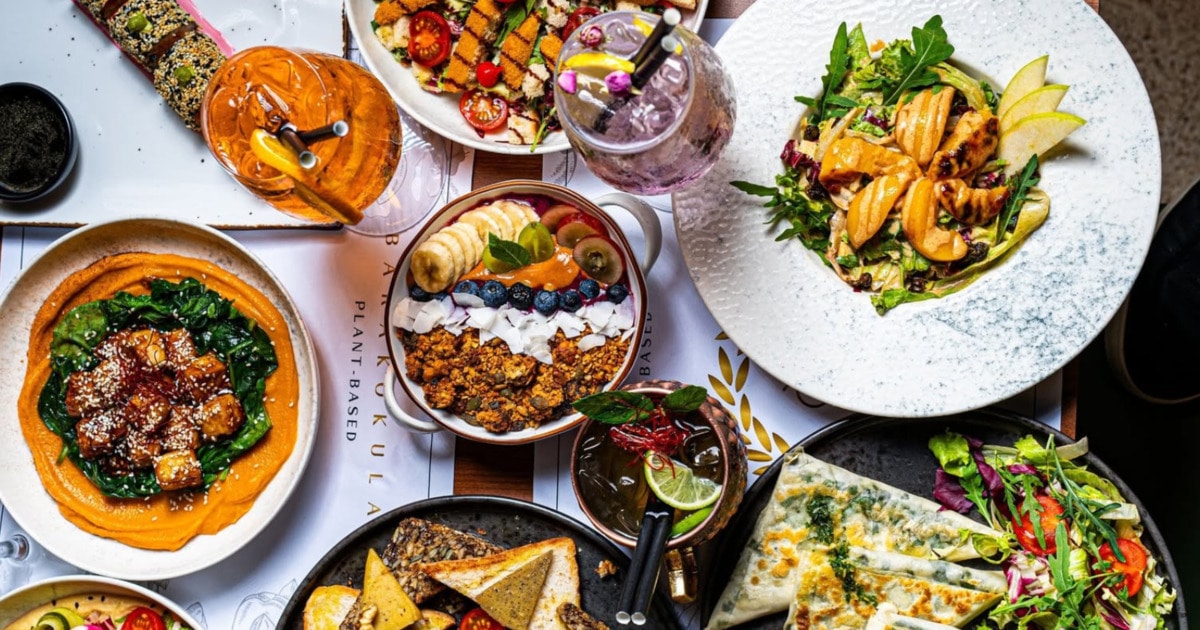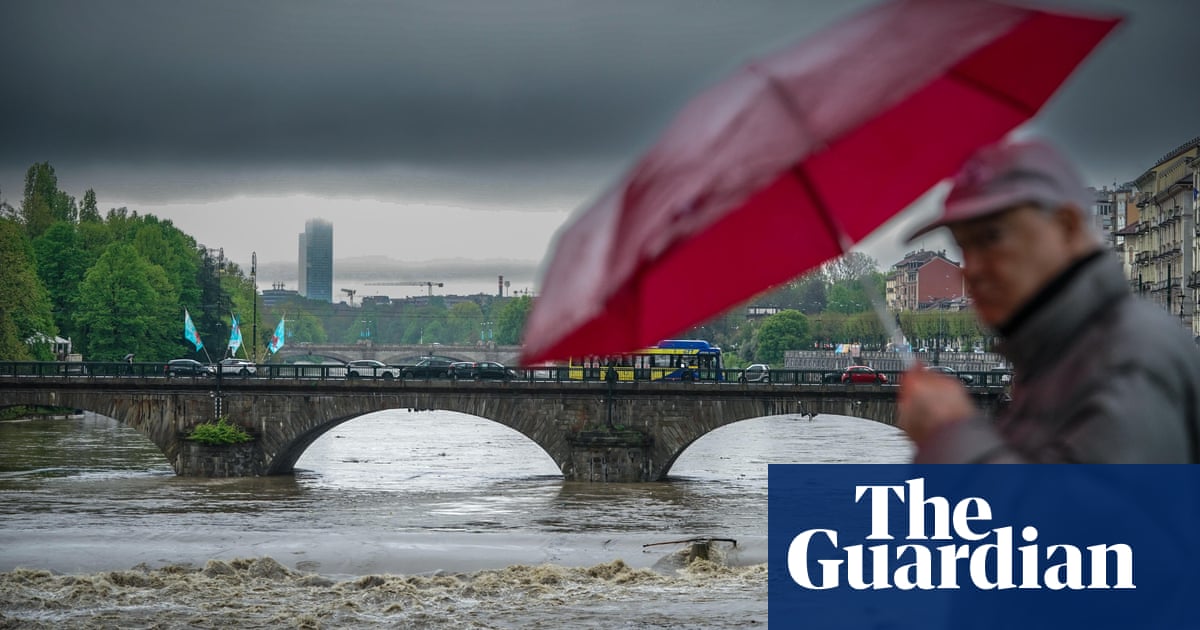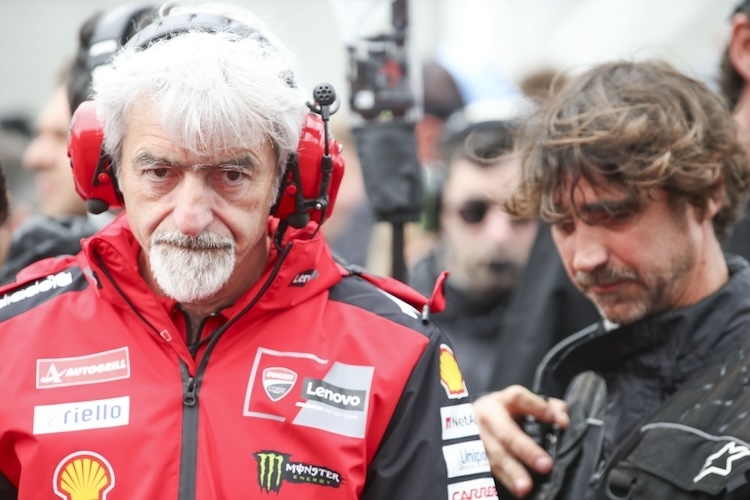
By Jeff Porter
Photography by Federico Ciamei
The phrase “Made in Italy” conjures images of steaming bowls of pasta, enormous wheels of Parmigiano-Reggiano, paper-thin slices of prosciutto and sleek Ferraris. Everyone knows what Italy is famous for, but far fewer realize that many of these icons come from a single region: Emilia-Romagna.
Stretching from Piacenza in the west to Rimini on the Adriatic coast, Emilia-Romagna is known as Italy’s pantry for its vast agricultural production. “Most gastronomic products known as ‘Made in Italy’ are essentially ‘Made in Emilia-Romagna’—a testament to this land’s extraordinary fertility,” says Alessandro Medici, a fifth-generation producer of Lambrusco and aceto balsamico. Everything here is engineered with care, from Ducati motorcycles to Prosciutto di Parma. And at the center of this sensory universe is wine, a product that connects all the cultural, artisanal and agricultural dots.
The best way to understand Emilia-Romagna’s impact on Italian culture is to travel across it, tasting wines, visiting artisans and exploring cities where fine food and craftsmanship are a way of life. Here, wine doesn’t accompany food; it completes it. “Made in Emilia-Romagna” means made with patience, purpose and pride. The region is more than Italy’s pantry—it is its soul. And each stop on a journey through it reveals a unique expression of this remarkable part of the world.

Grown in the hills near Piacenza, Gutturnio—a blend of Barbera and Croatina—balances freshness and rustic structure and pairs with local specialties like Coppa Piacentina and pisarei e fasò. The white grapes grown here, Ortrugo and Malvasia di Candia, offer aromatic counterpoints with floral lift and electric acidity.
Producers such as La Stoppa showcase a more structured, natural expression of these grapes, including steel- and cement-aged Ageno, with lifted aromatics that bring you deeper into the glass, and extended-maceration Ortrugo, which challenges the grape’s light-hearted reputation. The vineyards around Castell’Arquato feel as old as the stone village itself; it’s a landscape where time slows and terroir speaks in whispers.
The most memorable restaurants in Piacenza reflect the region’s homespun elegance. For a meal in a charming village setting, try Antica Locanda del Falco in Gazzola or Caffè Grande in Rivergaro. For something more refined, La Palta in Borgonovo Val Tidone offers Michelin-starred precision and heartfelt hospitality.
: Gutturnio, Ortrugo, Malvasia di Candia
: Coppa Piacentina, pisarei e fasò
: Palazzo Farnese, Castell’Arquato, Ricci Oddi Modern Art Gallery

Culinary genius is standard practice in Parma, where Parmigiano-Reggiano and Prosciutto di Parma are made with reverence. Producers here understand that aging meat and cheese is a form of storytelling, and the same goes for wine. Malvasia from the Parma Hills offers bright acidity and perfume to offset the richness of cured meats and brothy anolini.
The lesser-known Colli di Parma Rosso deserves more attention. Typically based on Barbera, Bonarda or Croatina, it offers generous red fruit, moderate structure and savory appeal. These medium-bodied and versatile reds work well with torta fritta, roasted meats and even mushroom pastas. Wines from producers like Monte delle
Vigne bring a modern elegance to these traditional reds.
Dining in Parma is more than just prosciutto; it’s a window into the basic idea of Italian cuisine: the best products, minimal technique and the comfort of home. Ristorante Cocchi and Trattoria Ai Due Platani serve soulful regional classics, while Podere San Faustino offers a countryside dining experience surrounded by vineyards. For a unique encounter with aging and preservation, Antica Corte Pallavicina near Polesine Parmense is both a restaurant and a culinary academy, famous for its aging cellar full of culatello.
: Malvasia di Candia Aromatica, Colli di Parma Rosso
: Prosciutto di Parma, torta fritta, anolini in brodo
: Teatro Farnese, Parma Cathedral, Torrechiara Castle

In Modena, Lambrusco leads a quiet revolution. This dynamic family of grapes produces wines that hit the stomach first and then open the mind. Once maligned as a sweet industrial wine, Lambrusco has returned to its roots and now tells a more complex story.
Lambrusco di Sorbara—pale, floral and incisive—balances pure fun and serious wine. Grasparossa, deeper and richer, offers a darker echo. As Max Brondolo, winemaker and proprietor of Podere Sottoilnoce says, “Lambrusco is the only red sparkling wine that speaks of the joy of food when enjoyed in good company.” Lambrusco Salamino di Santa Croce and Reggiano offer crowd-pleasing styles, often with a touch more fruit and color. But look for ancestral-method (metodo ancestrale) bottlings from producers like Paltrinieri and Podere il Saliceto to discover the category’s
full range.
Modena is also home to sacred vinegar lofts, where, just like great wine, Traditional Balsamic Vinegar of Modena DOP is aged in wood for decades. “The real one is made just of grapes, without any additives,” explains Francesco Sereni of Acetaia Sereni Modena. “DOP is aged in little prestigious wooden barrels for at least 12 years, but if you’re looking for the best, you have to find a bottle of ‘Extravecchio,’ which is aged for a minimum of 25 years.”
Modena’s restaurants drive the Italian food narrative, from nonna cooking at home to Massimo Bottura, one of the world’s most celebrated chefs. From the global icon Osteria Francescana to the historic charm of Hosteria Giusti, there’s something for every kind of gourmand. Try Al Gatto Verde or Franceschetta58 for modern takes with bold flavors, and don’t miss Mercato Albinelli for street-level sampling of regional delicacies.
: Lambrusco di Sorbara, Grasparossa di Castelvetro, Salamino di Santa Croce, Spergola
: Gnocco fritto, Modenese salumi, Parmigiano-Reggiano
: Enzo Ferrari Museum, Modena Cathedral, Acetaia tours

Further east, Bologna applies its academic rigor to cuisine. Tortellini in brodo, mortadella, tagliatelle al ragù (better known as Ragù alla Bolognesi)—these are dishes made with the precision of a Ph.D. thesis. Pignoletto, grown in the Colli Bolognesi, is the thinking drinker’s wine, found in both still and sparkling styles. The white wine is driven, vibrant and cuts beautifully through the richness of Emilian pastas. Examples that were aged sur lie show texture and length.
The city is overflowing with places to eat well. For classic fare with a twist, head to Oltre or Trattoria Da Me. All’Osteria Bottega serves soulful Bolognese plates in a refined setting, while Ahimè reflects a new generation’s approach to sustainability and creativity.
: Pignoletto (Colli Bolognesi)
: Tortellini in brodo, tagliatelle al ragù, mortadella
: Piazza Maggiore, Archiginnasio, Museo d’Arte Moderna di Bologna (MAMbo)


Faenza, on the eastern frontier, has a looser, wilder vibe. This is Sangiovese and Albana country, but with a Romagnolo twist. Closer to the mountains and the sea, the wines feel fresh, bracing and unadorned. Romagna Sangiovese comes in many expressions, from the floral and lithe styles of Modigliana to the bolder, mineral-driven wines of Predappio. Aging in large oak barrels or amphorae is increasingly common, giving these wines texture and a firm backbone.
Romagna Albana, Italy’s first white wine to receive DOCG status, is a golden, textural marvel. “Albana is a wine that, in every respect, reflects the personality of the Romagnolo,” says David Navacchia of Tre Monti winery. “Its tannins and acidity cut through the oiliest fish imaginable.”
Winemaker Chiara Condello, a rising star in the region, describes it best: “Driving along the Via Emilia means rolling deep into the culinary and artisan traditions of Italy, where creativity and distinction have reached the highest level.”
Dine like a local at Osteria La Sangiovesa in Santarcangelo, or enjoy the stunning views from Tenuta Saiano in the hills.
: Romagna Sangiovese, Romagna Albana (dry and passito)
: Cappelletti, passatelli, squacquerone with piadina
: Ravenna mosaics, Faenza ceramics, Dante’s Tomb

The journey ends in Rimini, where the Apennines touch the sea and a grape called Rebola thrives. This expression of Grechetto Gentile is salty and sunlit—ideal with Adriatic seafood. “Rebola is a white wine of both land and sea—savory and bold, fresh and deep, just like the people of this land,” says Sandro Santini of Tenuta Santini winery. Pair it with brodetto riminese or strozzapreti served seaside, and the flavors of Emilia-Romagna reach a kind of harmony.
Dining by the sea is a crucial part of the Rimini experience. Da Lucio offers classic seafood dishes with flair. For something modern, Agrofficina emphasizes local and organic ingredients, while La Marianna in Borgo San Giuliano is all about elegance and warmth.
: Rebola, Trebbiano
: Brodetto, strozzapreti with seafood, piadina
: Fellini Museum, Tiberius Bridge, Santarcangelo di Romagna


This article originally appeared in the August/September 2025 Italy Issue of Wine Enthusiast magazine. Click here to subscribe today!












